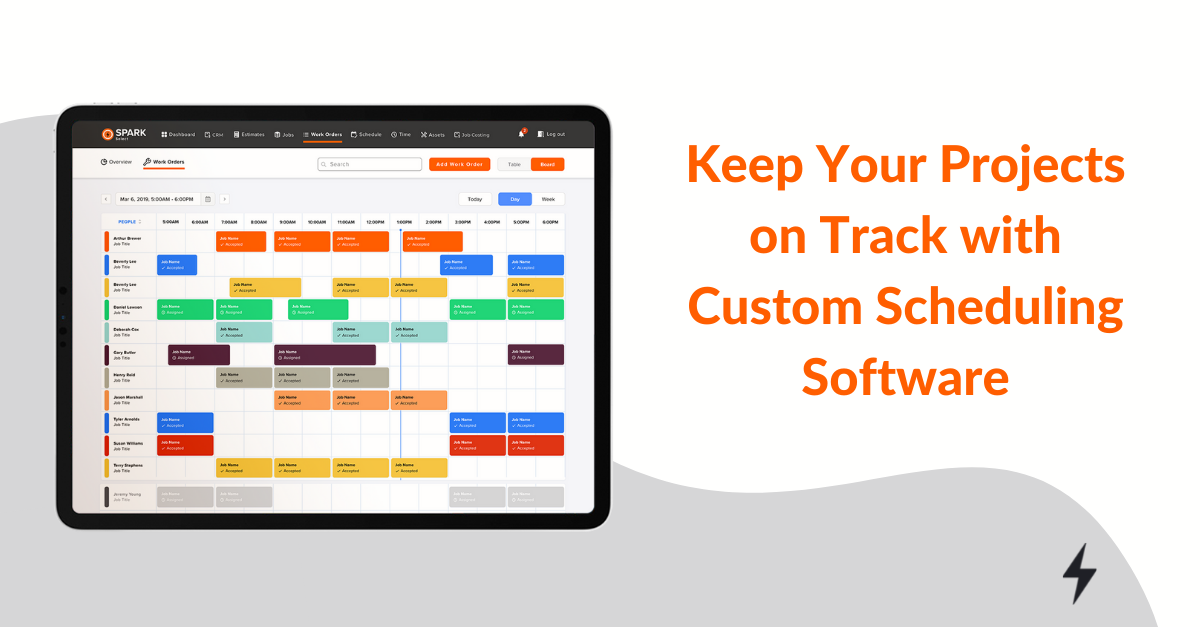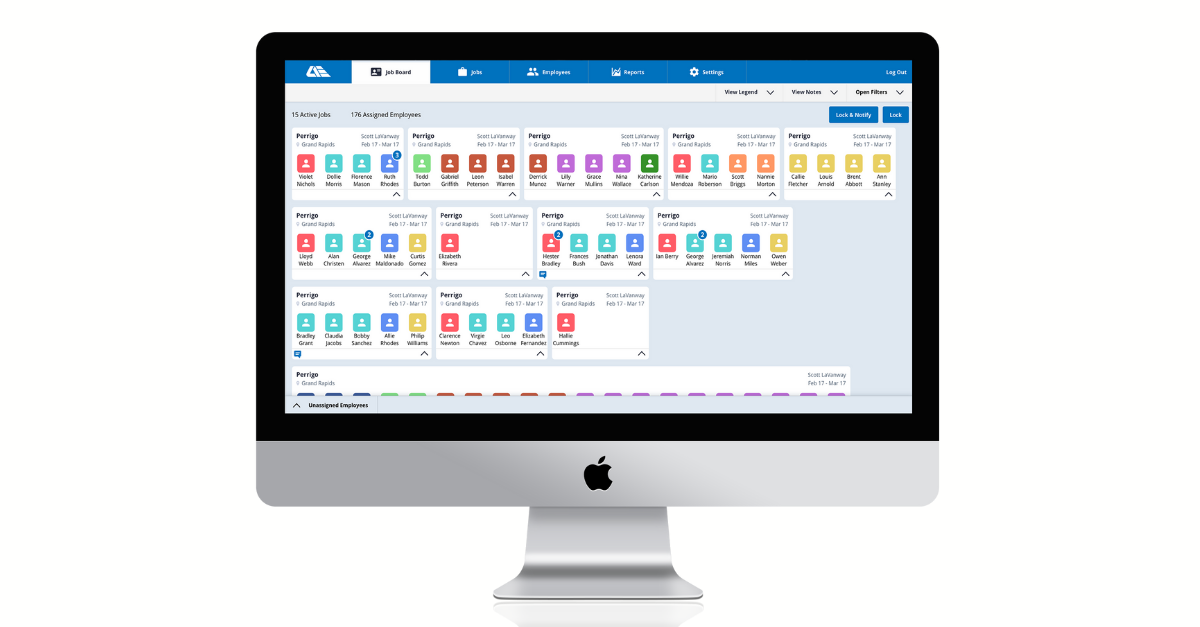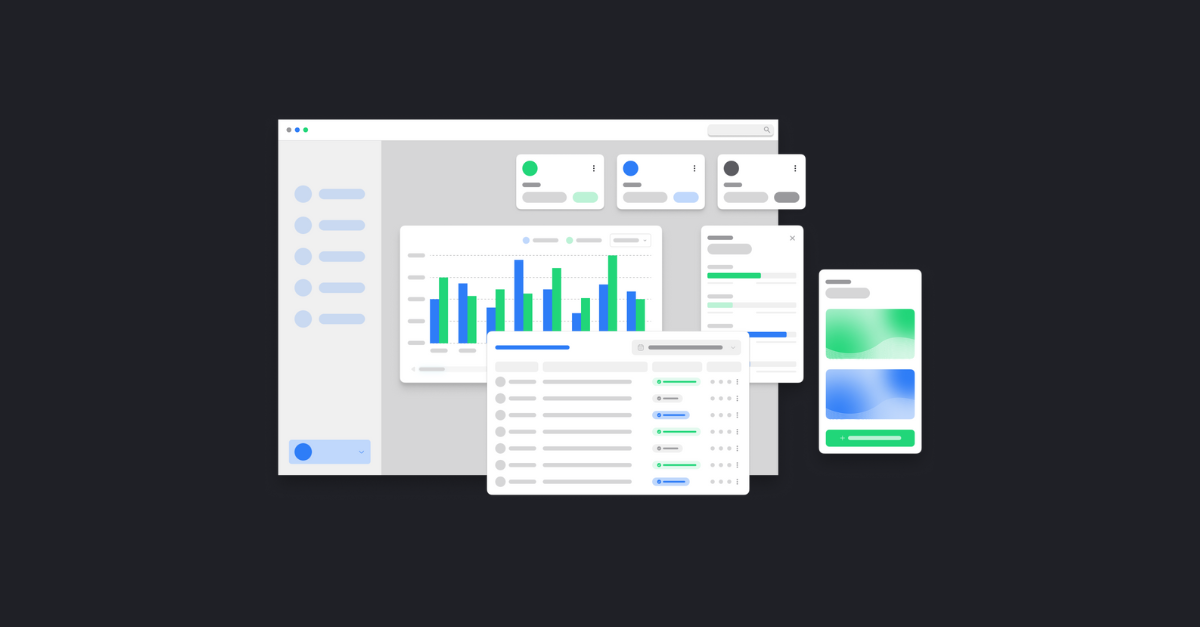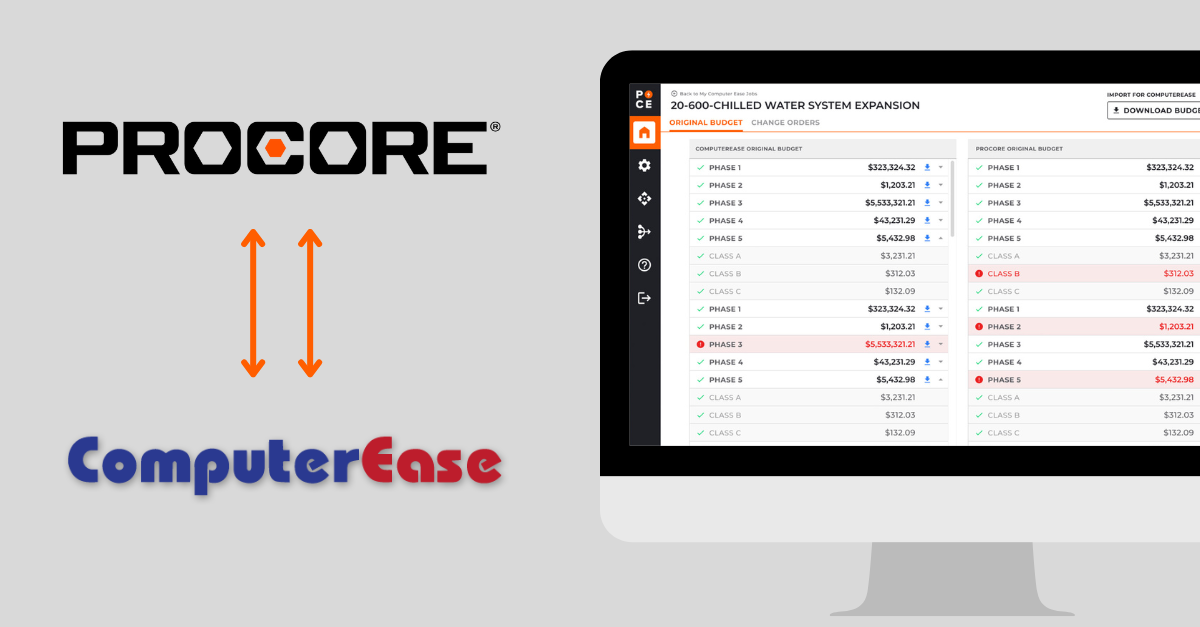Scheduling is a critical function for any construction company. You can only be as efficient as the use of your employees allows.
Yet, scheduling is something that a lot of today’s managers still struggle to get right. This is true for even great construction companies. And when you’re not on top of scheduling, there are negative consequences like:
- Missed schedules
- Double booking employees
- Labor overruns
- Material overruns
- Limited ability to forecast
These all can shrink your margins and impact profitability.
Why does it happen? Because any companies attempt to manage their scheduling using outdated processes like spreadsheets, whiteboards, sticky notes, and email, or relying on whatever is in one employee’s head.
Of, they’re using off-the-shelf software and still have problems. Scheduling has too many variables to make this type of software work as you need it to. And you can still be stuck with workarounds and slow processes.
Is there something better out there? Yes! It’s custom scheduling software. Keep reading to see how it can be a game changer for your job sites and projects.
Why Scheduling Is Difficult but Matters
As we hinted above, scheduling is difficult. Dealing with it manually is even harder.
Why so? Let’s compare it with scheduling in other business contexts, like fast food or retail.
In those industries, it’s important to have “coverage,” making sure there are enough employees working at a location at a given time. But these employees are usually interchangeable. They all have roughly the same skills. It doesn’t matter who is there. You just need 3 “warm bodies” for the 8:00 a.m. shift.
But that’s not how your construction job sites work. You’re dealing with layers upon layers of complexity.
Workers are far from interchangeable. There are different trades with different specialized skills. You can’t replace a pipefitter with a ductwork installer.
Besides that, there are different experience levels within the trades. You don’t want to schedule an apprentice when you need a master on site. It protects your workers and ensures you comply with regulations from agencies like OSHA and the EEOC.
Further, construction involves a lot of dependent work: the drywall crew can’t come in until the plumbing and electrical crews have finished and the work has passed inspection. If the electricians and plumbers are running late, that leaves the crews who are next in line without any work to do.
Then you have to multiply these problems by x number of job sites you manage and x number of employees you employ. That’s what makes scheduling construction projects so complex: the overwhelming number of moving pieces it takes to bring a project to completion, combined with a real-life butterfly effect in which a straightforward scheduling change disrupts everything downstream.
Fortunately, today’s construction companies have access to scheduling software that takes those complexities into account. The challenge is evaluating the available options to find the best solution for your organization.
Off-the-Shelf Scheduling Software Versus Fully Custom Scheduling Software
Software helps you schedule your crews, so you have the right folks at the right job sites at the right time. Through the right logic and automation, it can remove the daily hassle and inefficiency of manual processes.
But not all scheduling software is made the same. See how.
Let’s start with off-the-shelf construction scheduling software. It’s widely popular and designed to meet the needs of the average user.
And like all pre-built software, it has advantages like:
- Low costs (at least initially sometimes)
- Quick setup (usually)
- Meeting many of the scheduling needs of the average user
While these benefits are great, there are also important downsides to consider.
Why Off-the-Shelf Scheduling Software Falls Short
Off-the-shelf construction scheduling software can seem like a great option at first glance. But it has some of these disadvantages you’ll eventually discover:
- One-size-fits-all features. As a one-to-many product, off-the-shelf software meets the needs of the “average” company. But your company is unique and has its own scheduling processes.
For example, do you have restrictions on where you can receive materials? Especially in busy urban areas, there may only be certain windows of time when you can receive materials so that your truck doesn’t cause a huge traffic jam during rush hour. Does your scheduling software take that kind of detail into account?
- Difficult to customize. Off-the-shelf software often requires you to change your business processes to fit the software. And you’re at the mercy of the software vendor to add or update any new features you might need.
- Often doesn’t integrate well with other software. When your scheduling software doesn’t integrate with other key software like your payroll system, you lose opportunities for efficiency.
- Licensing costs add up over time. Off-the-shelf software is often billed monthly. While the initial costs to start using the software can be small, over time the monthly fees really add up.
A lot of leaders stick to off-the-shelf software simply because they aren’t aware of other solutions.
Fortunately, there is an alternative– custom software. This is software that meets the exact needs of your business. It fits the way you already do business and run your company. And it can fit the budget of any size company.
When it comes to the complexity of scheduling, custom software can help you design your own process that results in a considerable ROI.
How In-House Custom Software Can Solve Your Scheduling Problems
The main advantage of building custom software is that it fits the exact needs of your business. Scheduling is complex and you most likely have your own way of doing it.
Custom software allows you to keep the same processes, but elevate them with software. These are just some of the examples that custom software can take care of.
- Sends automatic notifications to workers onsite as soon as you make a change in the schedule (and lets them notify you when equipment, supplies, or employees don’t show up on time).
- Can predict the dates when you’ll need special permits like for closing down a street and make sure you get them in time.
- Can predict when you need special permits to park large equipment and estimate the dates when needed.
- Can predict the approximate date an inspection will be needed and can move the workers to other sites.
- Can consider when there are noise codes that constrain hours you can work and take those time restrictions into account.
- Can consider the weather forecast and schedule accordingly, especially in the early days of a project when rain can bring work to a halt.
What do you wish scheduling software could do for your business?
Read more about why successful businesses choose custom software.
Story From the Field: Andy J. Egan Co.’s JobPointe

Mechanical contractor Andy J. Egan Co. knew it needed a better way to schedule its crews.
They did all their scheduling on a gigantic whiteboard. But they had a vision of a digital touchscreen scheduling board, like what news personalities or ESPN draft experts sometimes use.
They wanted something easy to use that didn’t need a lot of manual input. They wanted all their business logic built into it. This included information that otherwise existed only in a project manager’s memory (like which employees had experience working on a certain type of job).
When they partnered with SPARK, we helped them move their vision into reality. Their solution JobPointe is mobile-friendly, accessible 24/7, and ties into their time entry.
Want to hear how Andy Egan built their software? Listen to their tech leader Chris Weaver explain in this video.
Are You Ready to Build Custom Scheduling Software?
At SPARK, we’ve seen many frustrating and failed implementations of off-the-shelf software because the software just didn’t fit the business’s already-existing processes. And we’re tired of seeing companies experience it.
If that sounds like you, then custom scheduling software can be the right solution. When done right, it can fit your budget and turn into a valuable asset for years to come. (You can calculate your ROI here.)
When you’re ready to talk with custom software experts with deep roots and experience in the construction industry, please contact SPARK. We love to help construction companies of any size level up their business with tech.
 >
>




